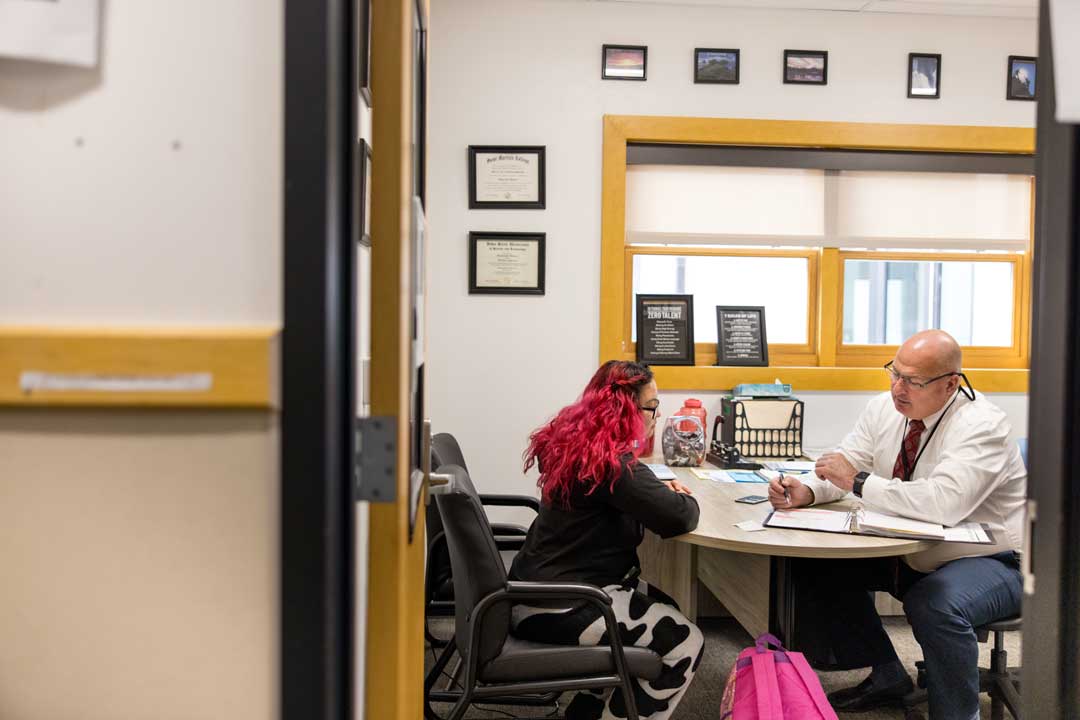Career Pathways Framework
Career Pathways Framework
OVERVIEW
STEM careers are abundant in every region of our state but historically, rural students, students of color, young women, and those experiencing poverty have faced systemic barriers preventing them from gaining access to these careers. In order to change this, Washington STEM partnered with 10 regional networks across the state to develop the Career Pathways Framework which is an interrelated set of conditions and best practices needed to create well-lit career pathways leading to high-demand careers, especially those in STEM. This framework helps regional partners prioritize efforts to ensure conditions are in place for these students to gain access to a variety of postsecondary opportunities.

Partnership
During 2021 and 2022, Washington STEM convened six co-design sessions with network partners to develop a Career Pathways Framework. Career pathways are structured or connected education programs, often leading to a credential. Through 2024, network partners will use the Framework as a tool to help cross-sector partners—industries, community-based organizations, 2- and 4-year colleges, and trade schools— to utilize Best Practices, whether they be educators engaging students and families in the High School to Postsecondary Collaborative, or career counselors using a career advisory curriculum, or industry recruiters interested in being listed in the Career Connect Washington Directory.
Together, using the Framework as a guide, they can work with students and families to build pathways that lead to economic prosperity in their regions and ensure access to financial support to meet their aspirations. At its core, the Framework relies on cross-sector partnerships to create well-lit career-pathways for all Washington high school graduates.
Direct Support
With a goal of building robust career pathways, Washington STEM compiled key, evidence-based, enabling conditions—in a family, a school, or the wider community—that propel students into high-demand STEM career pathways. During the course of the co-design process, network partners parsed these conditions and best practices, and prioritized those that would most contribute to the removal of barriers for rural students, students of color, young women, and those experiencing poverty. Finally, the co-design group whittled down the list to a 3×3 Framework of conditions and best practices they judged to be most feasible and impactful. These include early learning opportunities in STEM, the existence of internships or job shadowing programs, or financial aid awareness-raising campaigns with students and their families. During 2024, with support from Washington STEM, regions will complete a landscape analysis and identify partners who will use the framework to strategize on improving regional career pathways.
Advocacy
The Career Pathways Framework co-design process surfaced several enabling conditions for strong career pathways that could be addressed through policy and legislation improvements: financial aid awareness and FAFSA completion rates, whether career pathways exist in all regions of the state, and whether students are engaged with these pathways.
The co-design process also identified the High School and Beyond Plan (HSBP) as an important tool to learn from students about their career interests and aspirations. Currently, completion of the HSBP is a graduation requirement, but its utility varies depending on school resources and adult involvement. During the 2023 legislative session, Washington STEM supported a bill (SB 5243) put forth by the Office of Superintendent of Public Instruction (OSPI) to create an robust HSBP online platform that would help level the playing field for students. Washington STEM’s advocacy efforts in support of the HSBP platform were based heavily on local support from network partners in favor of the new statewide platform.
Washington STEM will continue to support the state agencies and school districts as they build out this new statewide tool for the High School and Beyond online platform.